Breast augmentation, often called a "boob job" by patients, involves using breast implants or a fat graft to increase the size of the breasts.
The breast surgery can counteract breast volume lost after weight loss, breastfeeding, or pregnancy. It can also create a fuller breast shape or correct asymmetry on the breast. The surgery approach differs according to one’s condition, shape, and needs.
CDU Plastic Surgery Korea achieves satisfying results by applying different approaches, considering the ratio of the breasts.
- Reduces capsular contracture
- Reduces surrounding tissue and blood vessel damage
- Reduces asymmetry
- Reduces scarring and pain
Surgery Duration
Approx. 2-3 hours
Hospitalization
No
Stitches Removal
After 7 Days
Anesthesia
General
Recovery Period
7 Days
Recommended For

- Asymmetric breasts.
- Breasts with an empty-looking upper part.
- Breasts which have become smaller and saggy due to pregnancy, or weight loss.
- Breasts which have become saggy due to the aging process.
- When one or both breasts have failed to develop normally.
- When the current breast size is not satisfying.
Surgery Process

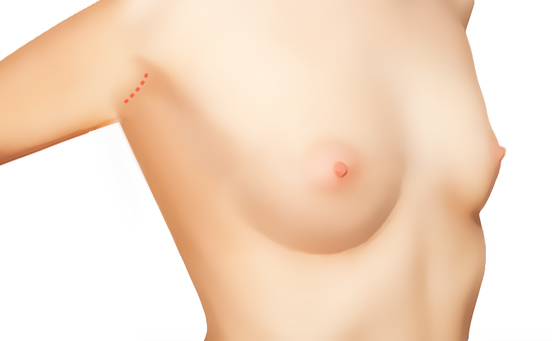
The deepest crease is found by raising and lowering the arms.
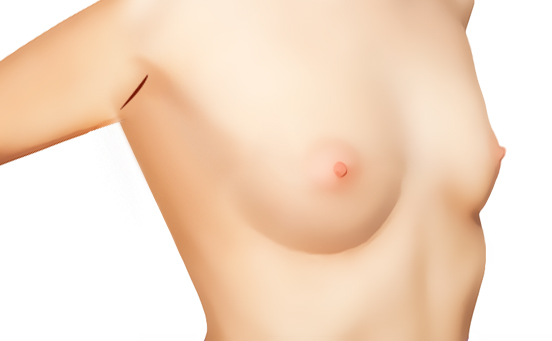
An incision is made on the armpit.
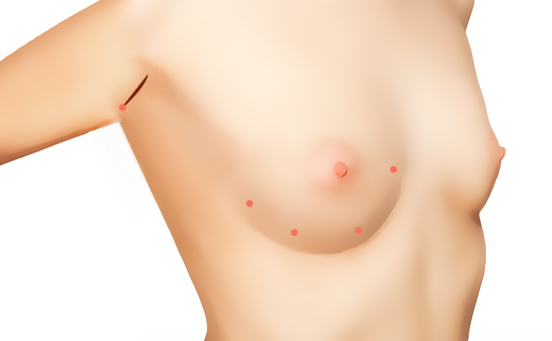
General anesthesia and anti-bleeding medication are injected.
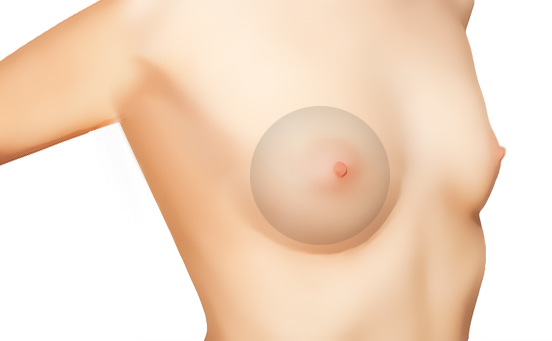
The pocket for the implant is delicately made by using an endoscope, and the implant is inserted.
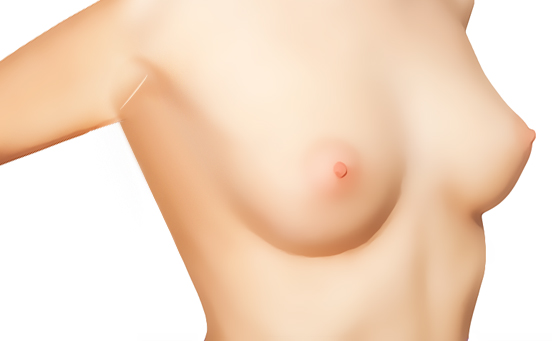
The incision is closed with a special suturing technique.
Why CDU?

Same implant, but outstanding result
With 20 years of clinical experience, CDU creates a beautiful shape and natural feeling. Also, we aim for 0% capsular contracture.
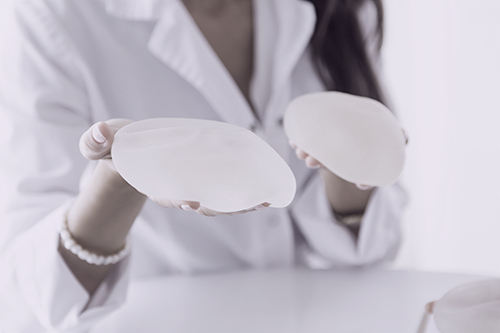
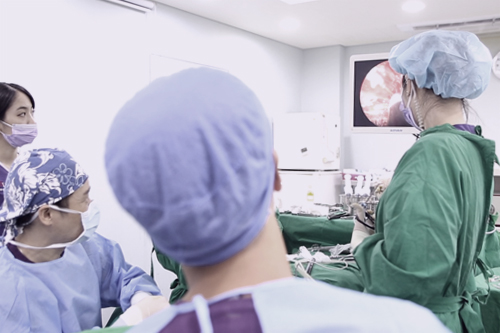
Full HD Endoscopy
There are various causes of complications such as capsular contracture. To prevent any small complications beforehand, we use an endoscope, reducing blood, damage, pain, scarring, and the possibility of asymmetry.
Post-op Care
As well as a successful operation, caring properly for the breast after surgery is really important for breast augmentation.
CDU provides a personalized post-op program, scar care, regeneration, and treatment of swelling, bruising, and pain so that patients can go back to normal life as soon as possible.

Implant Type

CDU Plastic Surgery Korea only uses verified implants approved by the FDA to perform safe surgery.
Round Smooth
The smooth surface is advantageous for setting the implant position easily. It also causes minimum damage to the skin. The shell is comparatively thinner, which provides a natural feeling to the touch. However, it has a high possibility of capsular contracture, which requires extra care for the breast after surgery.
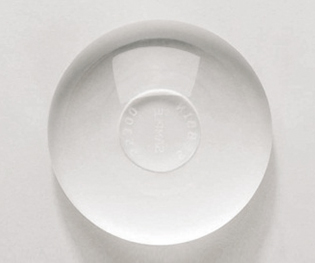
Round micro-textured
Fine and minute particles on the surface reduce the possibility of capsular contracture. Patient satisfaction with this implant is really high.
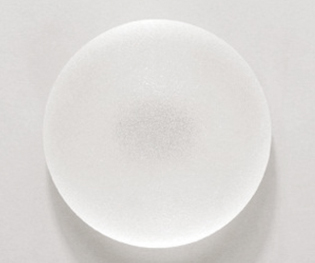
Anatomic micro-textured
The shape is quite similar to the natural breast. It is normally used when patients look for a natural breast or correction surgery. The tear-drop implant is also recommended when the breasts are saggy or very small, or the distance between the nipples to the inframammary fold is quite close.

What are the differences between smooth and micro-textured implants?
The implant surface is classified into three:
smooth, textured, and micro-textured.
Smooth
The smooth surface has a thin shell, which allows the most natural feeling to the touch and the most natural movement. However, the surface is slippery, so there is a possibility of capsular contracture and implant malposition. It also requires post-op massage.
Textured
The textured implant has a thick shell, so the possibility of implant malposition is low, but the feeling is less natural.
Micro-textured
The micro-textured surface is created to include advantages of both smooth and textured surfaces. Because the size of the particles is minimized, the shell can be thinner, providing a natural feeling. Furthermore, the presence of particles reduces the possibility of capsular contracture.
Incision and Placement

Inframammary Incision (Under the Breast)
The incision is placed on the line of the crease under the breast. This is recommended for those who have enough breast tissue so that the scar can be hidden by the breast. This incision is beneficial for giving the surgeon a clear view of the surgical area during the operation, as well as reducing the size of the surgical area, enabling a fast recovery and less pain.
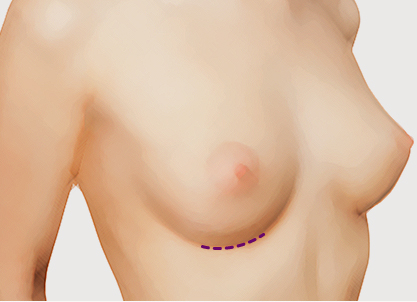
Periareolar Incision (Around Nipples)
The incision is placed on the line of the crease under the breast. This is recommended for those who have enough breast tissue so that the scar can be hidden by the breast. This incision is beneficial for giving the surgeon a clear view of the surgical area during the operation, as well as reducing the size of the surgical area, enabling a fast recovery and less pain.
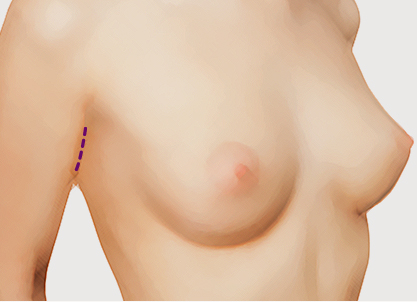
Transaxillary Incision (Armpit, Underarm)
The incision is placed on the crease of the axilar. This requires a more advanced technique. Using an endoscope, vision is secured. This technique is beneficial for hiding the scar, but the surgical areas are wider than the inframammary incision, so recovery is slightly longer than the inframammary incision.

Thanks to the delicate surgery process at CDU, the pain and recovery that patients experience is the same as inframammary incision.
Implant Placement

Subglandular
The implant is inserted on the muscle under the mammary gland. This is effective to correct a side-set or saggy breast. It is also recommended to those who have a lot of pectoral muscle movement.
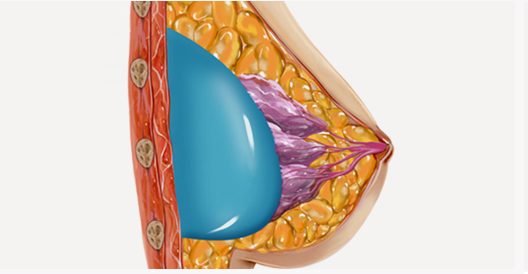
Submuscular
The implant is inserted under the pectoral muscle. The feeling is natural to the touch. The margin of the implant is less visible, so it is recommended for breasts with less tissue and thin skin. This approach doesn’t affect breastfeeding, which is the greatest advantage of this method.
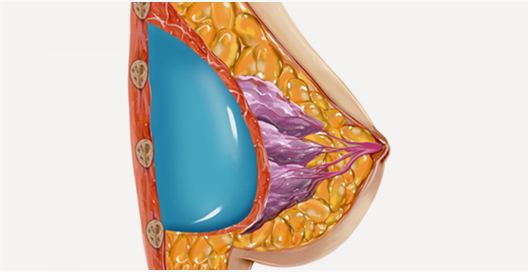
Dual Plane
The implant is inserted under the pectoral muscle. Additionally, the pectoralis major muscle is released on two planes. This can achieve a more natural shape than a submuscular approach, and is very effective for correcting mildly saggy breasts.
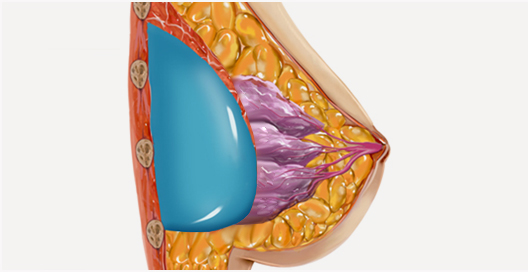
Q&A about Breast Augmentation

Breast augmentation enlarges the breast by inserting an implant, so the feeling may be affected by the feeling of the implant, as well as skin thickness and elasticity. Most of the time, other people who don’t know the patient’s breast surgery history can’t notice that the patient underwent breast augmentation. Instead, they may feel that the breast seems quite elastic.
There are reports that the shell of the implant can wear down in the body, which ends up reducing the thickness of the implant shell by half. Each implant has a different lifespan, but generally saline bags last about 10 years, and cohesive gel bags last 15 years. Overall, the possibility of rupture increases with time.
Breast augmentation doesn’t cause cancer. On the other hand, breast augmentation can’t prevent breast cancer. To know the condition of the implant and breast, an annual regular check-up is recommended.
Yes, it is. The implant is inserted in the layer under the mammary gland, so breast surgery doesn’t affect breastfeeding.
No, it doesn’t. In the past, the massage was required to prevent capsular contracture when an implant with a smooth surface was used. These days, implants with a smooth surface are not often used. Textured, micro-textured, and nano-textured implants are more frequently used, which don’t require post-op massage.
Thanks to hormonal changes, the breasts grow during pregnancy. However, as the breasts grow, the shape of the breast changes, the areolas and the nipples become bigger, and the color becomes darker. During breastfeeding, the shape and size of the implant keeps changing, so breast augmentation is recommended at least three to six months after giving birth.

